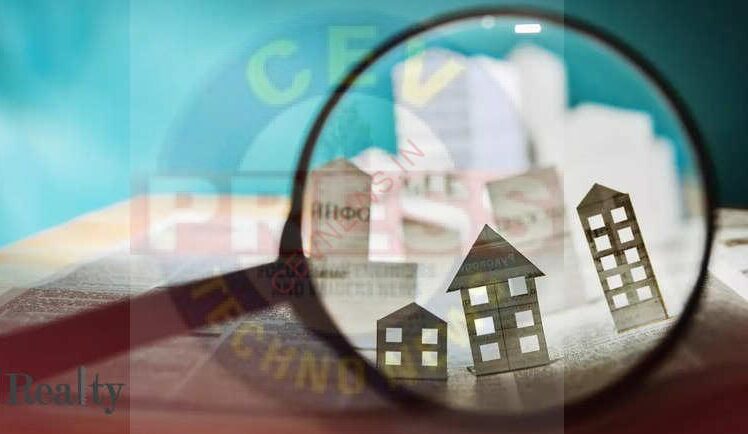Saturday Brain Storming Thought (147) 08/01/2022
VALUE IN USE
Value in use is the net present value (NPV) of a cash flow or other benefits that an asset generates for a specific owner under a specific use
It is generally estimated at a use that is less than highest and best use, and therefore it is generally lower than market value
Example of value in use
A land that is located at a place that is in the path of growth for a major project and is used as a small farm will have the value in use less than market value
Calculation of value in use
1) the future cash inflows and outflows from continuing use of the asset are estimated
2) the cash inflow from the ultimate disposal of the asset is estimated
3) these cash inflows and outflows are then discounted using an appropriate discount rate
Value in use is discounted to reflect the underlying risk and the time value of the money concept
Value in use in economics
It refers to the tangible features of a commodity (a readable object) which can satisfy some human requirement, want or need, or which serves a useful purpose
Depreciation in value in use
Depreciation and amortization are not included, because they are not cash items
Our aim is to arrive at pre-tax cash flows
Value in use is calculated on a pre-tax basis to avoid complications related to tax losses carried forward, deferred taxation etc
Value in use under IAS 36
Under IAS 36, the carrying amount of assets in the statement of financial position should not be higher than the economic benefits expected to be derived from them
The amount of economic benefits is the recoverable amount as per IAS 36 terminology
Value in Use = Fair Value less cost of disposal
If the carrying amount is higher than the recoverable amount, the asset is impaired, ie entities need to decrease the value of the asset through recognition of an impairment loss
Value in use for money
Inflation is caused when the money supply rises faster than the supply of other goods and services
Money has value because people believe that they will be able to exchange this money for goods and services in future
ways of Use of money
1) we can use it to live
2) we can give it
3) we can repay debt
4) we can pay taxes
5) we can save/grow it
History about value in use
The concept of value in use first appeared in February 1987
There were many people who favored it
However, value in use appraisal is not suitable when a general use property has been vacant and is for sale in the open market or for financing purposes
Criteria reviewed for value in use appraisal
1) is the property fulfilling an economic demand?
2) does the property have a remaining useful life?
3) is there responsible ownership?
4) would a diversion of the property to an alternate use be economically feasible?
5) has consideration been given to the property’s functional utility?
6) are the net earnings of the business sufficient to show a fair return on the value of the tangible assets?
Approaches to value undervalue in use
Generally, the Cost Approach is most appropriable for a value in use appraisal
Depreciation estimation can vary depending on the value definition used
The sales comparison approach is a primary valuation method for market value in exchange
The satisfaction which one obtains from the use of a commodity is known as the value in use
Water has immense use-value because it quenches thirst and without it daily life is just impossible
The quality of water is the value in use of water
Advantages of value in use concept
1) incorporates the time value of money
2) simple way to determine if a project delivers value
3) considers a company’s cost of capital
4) accounts for the inherent uncertainty of projections by most heavily discounting far future estimates
Disadvantages of value in use concept
1) accuracy depends on the quality of inputs
2) not useful for comparing projects of different sizes, as the largest projects typically generate the highest returns
3) may omit hidden costs such as opportunity costs and organizational costs
4) purely quantitative in nature and does not consider qualitative factors
Opportunity cost
Opportunity cost refers to what you miss out on by going with one option over another comparable option
Opportunity cost = the return from the unchosen option – the return from your chosen option
Compiled by:-
Avinash Kulkarni
Chartered Engineer, Govt Regd Valuer, IBBI Regd Valuer

